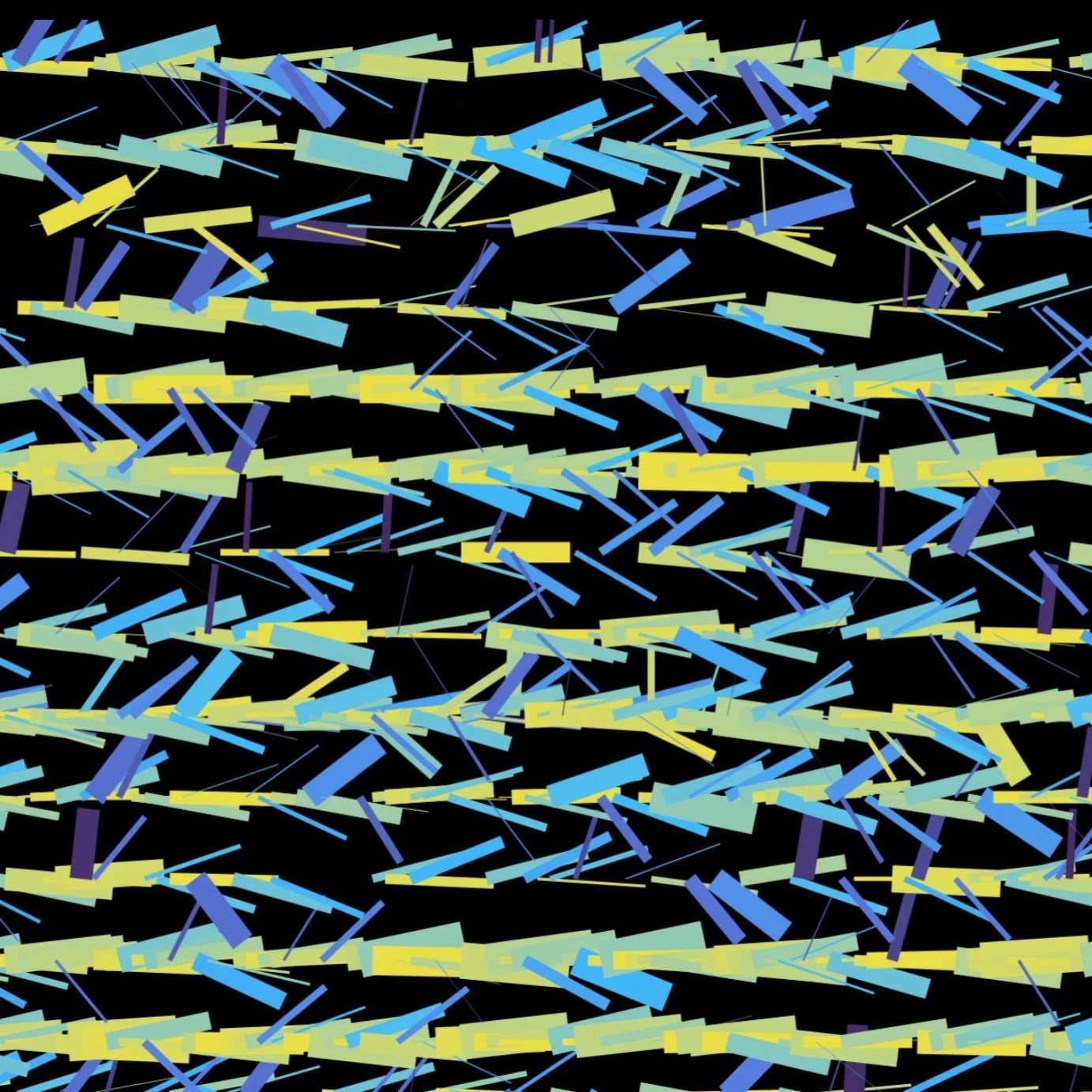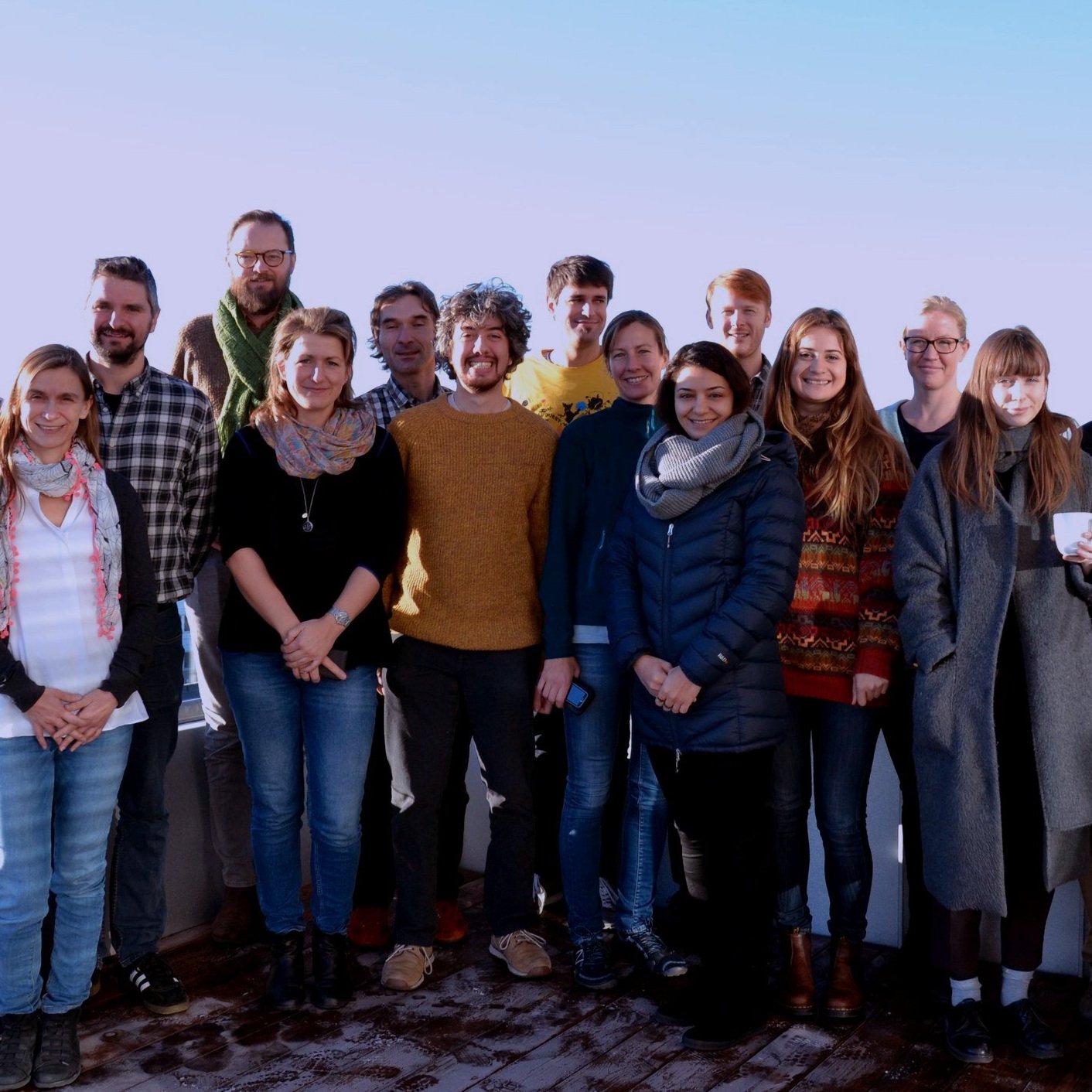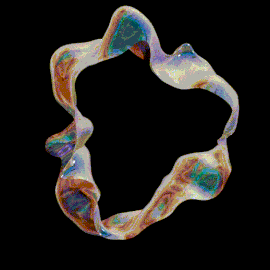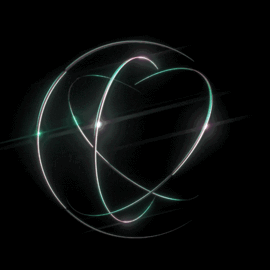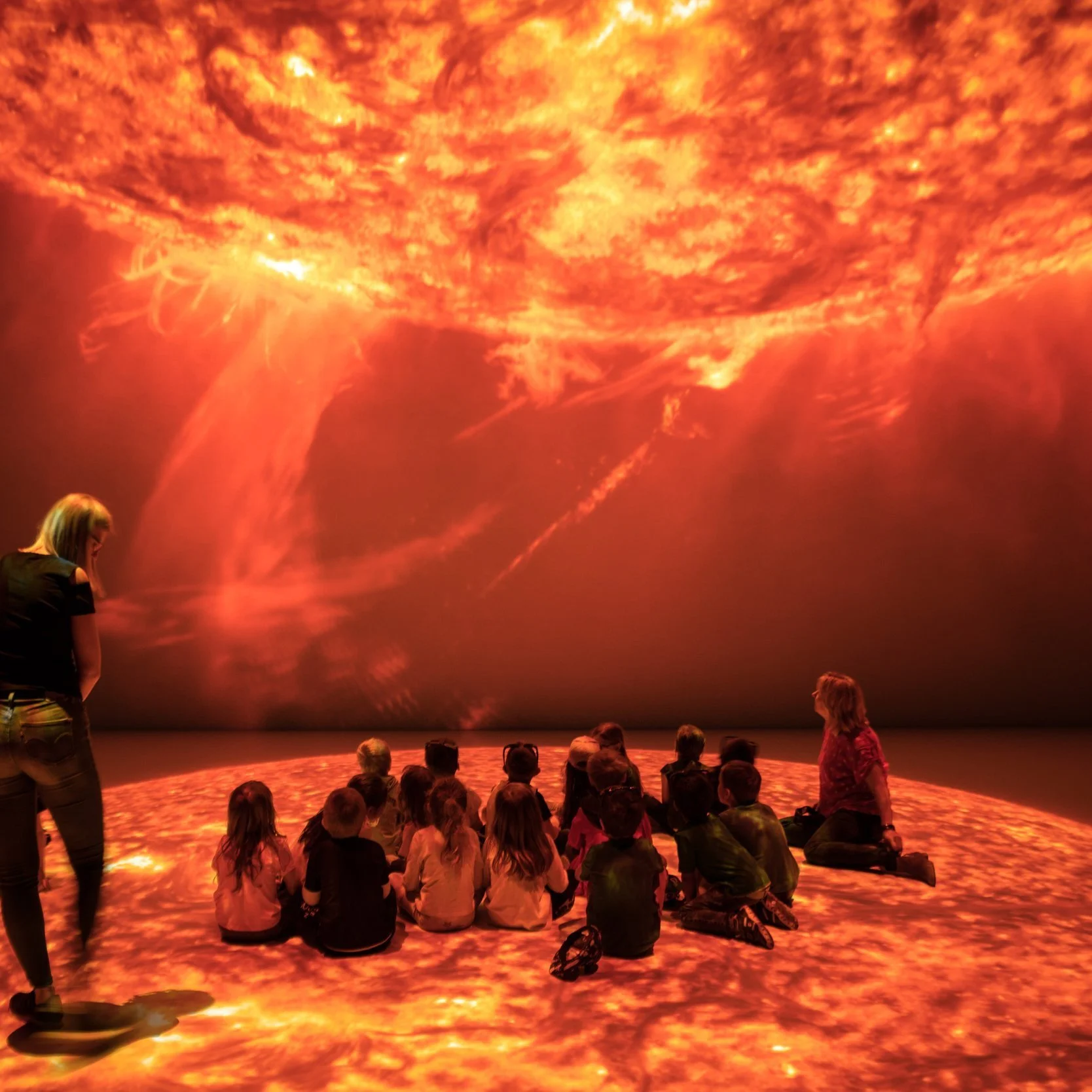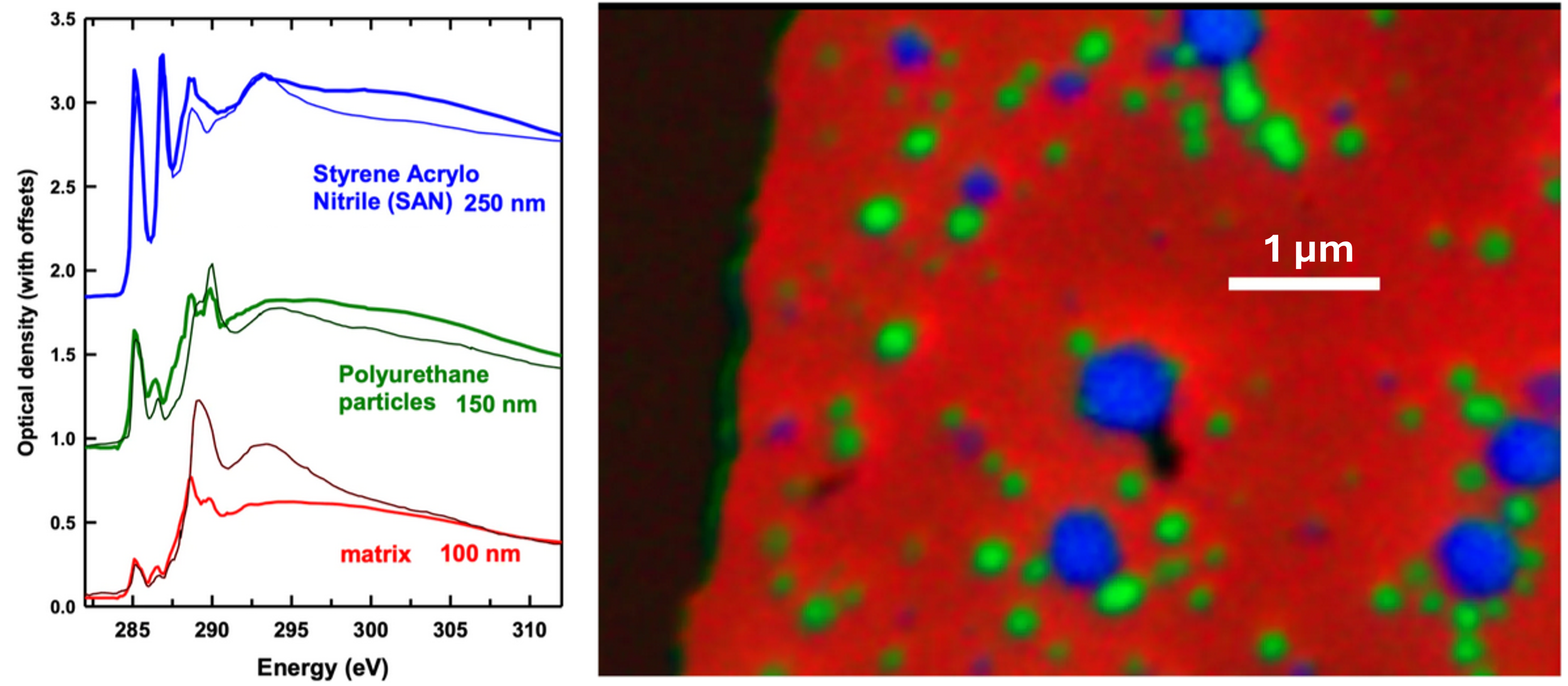Thinking of submitting a beamtime proposal for STXM? Join and learn the ins and outs of how to set up a successful experiment. The MAX IV Call for Proposals (for beamtime in autumn) is open from 12-26 of February. Read more here: https://www.maxiv.lu.se/user-access/
When: 09:00-10:30, 18 February, 2025
Where: Zoom, link to be shared upon registration
Speaker: Adam Hitchcock, McMaster University, Canada
Description: Tree, tissue or titanium oxide nanotubes: whatever your sample, if you need chemical information on a microscopic scale, maybe scanning transmission x-ray microscopy (STXM) is something to try! Or are you already considering writing an application for beamtime, then this Introduction and Question session is for you. We have leading STXM expert Prof. Adam Hitchcock on hand to help you design the experiment that gives you answers to help your science. A short STXM introduction will be given by Karina Thånell, beamline scientist at the SoftiMAX beamline.
STXM is a soft x-ray technique, whereby a 20-50nm x-ray beam is raster scanned across the sample and the transmitted intensity in each pixel is used to build a 2D image. Next, the incoming beam enegy is stepped through an x-ray absorption edge, so that an absorption spectrum is stored in every pixel. Chemical (and magnetic) states can be distinguished and so give microscopic information about eg. oxidation state (Fe2+ vs Fe3+) or molecules (lignin vs cellulose) in heterogenous materials. NB: samples need to be fairly thin (0.1 – 5 micron) for soft x-rays to penetrate and the features of interest should be around (several) 100nm.
Who should attend: Prospective users who want to try STXM and need some help in understanding how it works, and want to learn how to plan an experiment properly






